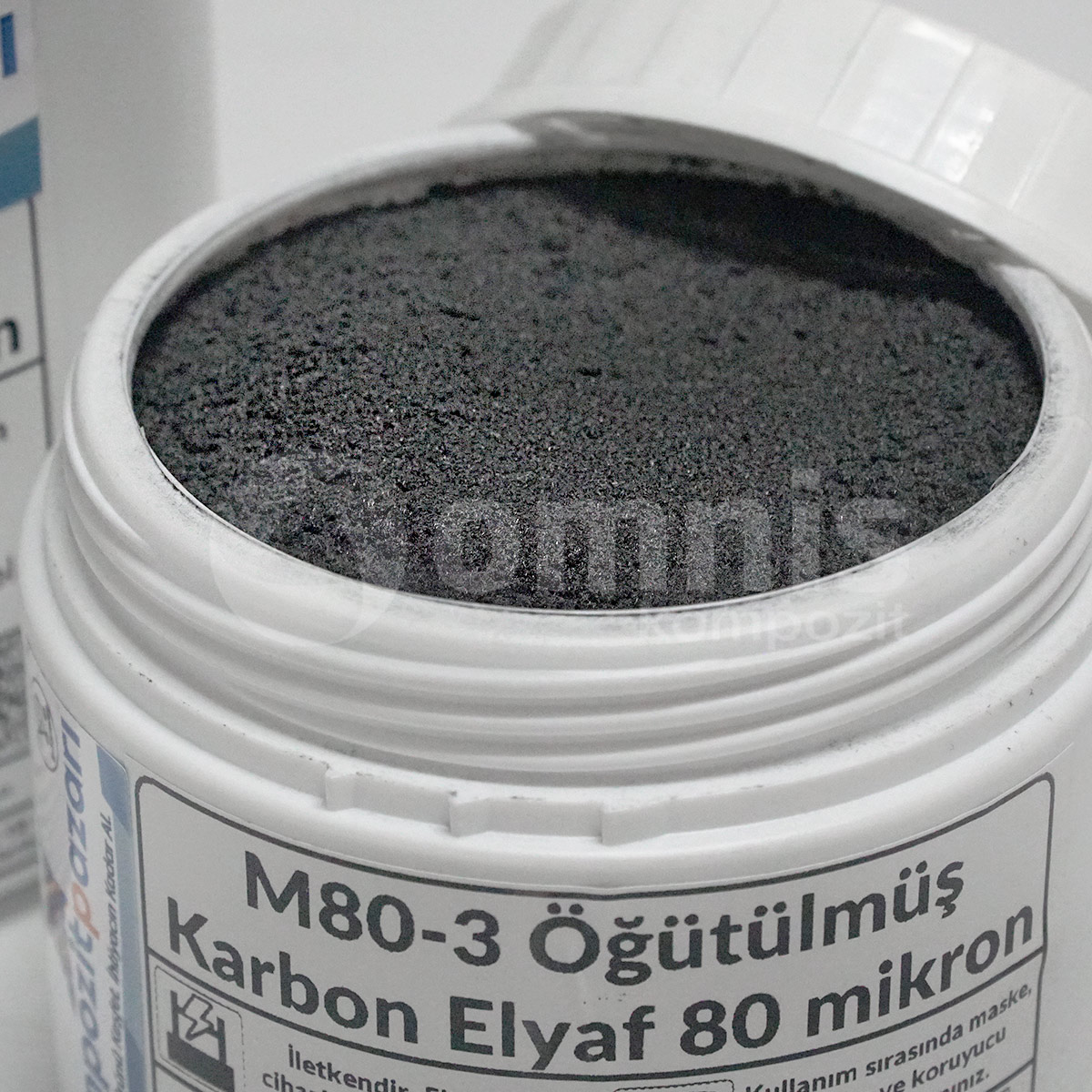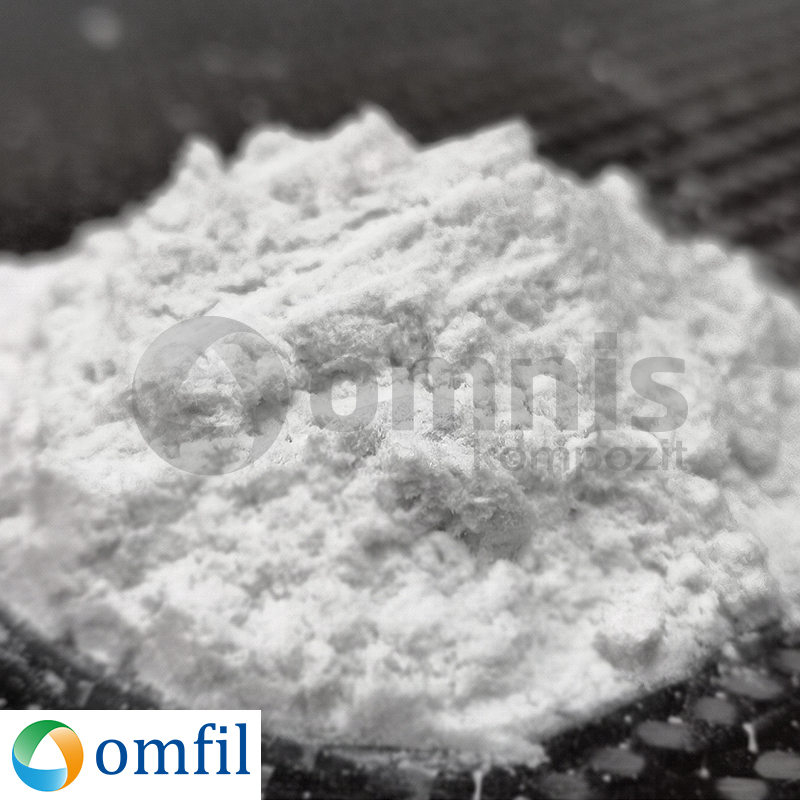Milled Fibers (Microfibers)
Milled fibers are finely chopped or ground fibrous materials, such as glass or carbon, used to enhance the mechanical properties and performance of composite materials. These fibers, processed through milling to achieve a specific length, are widely recognized for their ability to improve the strength, durability, and dimensional stability of composites. The inclusion of milled fibers, or omfil, in composite manufacturing introduces an additional layer of reinforcement, making the end products more robust and reliable for a variety of applications.
How are milled fibers produced?
Omfil are produced by mechanically grinding or milling continuous fibers to a desired length, typically ranging from just a few micrometers to several millimeters. This process involves the use of specialized equipment designed to ensure uniform size and distribution of the fibers. The resulting omfil is characterized by its consistent quality and high surface area, which facilitates better bonding within resin systems, enhancing the composite material’s overall performance.
What are the main applications of milled fibers?
Omfil are utilized in a wide array of applications, including automotive components, aerospace parts, marine structures, and sports equipment. These fibers are particularly valued in applications requiring enhanced strength, improved impact resistance, and superior surface finish. The versatility of omfil makes it a popular choice for reinforcing polymers, improving wear resistance in industrial parts, and even in 3D printing technologies for creating more robust prototypes and end-use parts.
How do milled fibers enhance composite materials?
Omfil enhance composite materials by providing uniform reinforcement throughout the matrix, significantly improving tensile strength, flexural modulus, and impact resistance. The small size and large surface area of omfil promote better adhesion between the fibers and the resin, resulting in composites with improved mechanical properties and reduced risk of cracking or failure under stress. This reinforcement at the microscopic level leads to the production of high-performance composites that meet stringent industry standards.
Can milled fibers be used with all types of resin systems?
Yes, they are compatible with a wide range of resin systems, including epoxy, polyester, vinyl ester, and phenolic resins. Their versatility allows for their use in both thermoset and thermoplastic matrices, making omfil a valuable additive in various composite manufacturing processes. The key is selecting the appropriate type and amount of milled fibers to match the specific resin system and application requirements, ensuring optimal performance and mechanical properties.
What are the benefits of using milled fibers in composite manufacturing?
Using milled fibers in composite manufacturing offers numerous benefits, such as enhanced mechanical properties, increased durability, and improved dimensional stability. Omfil also contributes to better surface finishes, reduced shrinkage, and enhanced thermal properties. These advantages make composites more reliable and versatile for use in demanding applications, from aerospace to automotive and beyond, providing manufacturers with a competitive edge in the market.
How do you determine the correct amount of milled fibers to use in a composite?
Determining the correct amount of milled fibers to use in a composite depends on the desired mechanical properties, the specific resin system, and the application requirements. Generally, a preliminary analysis and testing phase is recommended to assess the impact of varying fiber concentrations on the composite’s performance. Manufacturers often provide guidelines for optimal fiber-to-resin ratios, but customization through experimentation is key to achieving the best balance between strength, viscosity, and workability.
Can milled fibers improve the mechanical properties of composites?
Absolutely, they are known to significantly improve the mechanical properties of composites, including tensile strength, flexural strength, and impact resistance. The dispersion of omfil throughout the resin matrix provides uniform reinforcement, distributing stress more evenly and enhancing the composite’s overall structural integrity. This improvement in mechanical properties makes milled fiber-reinforced composites suitable for high-performance applications where durability and reliability are paramount.
How do milled fibers affect the viscosity of composite mixtures?
Omfil can affect the viscosity of composite mixtures, generally increasing it due to the addition of solid particles. The degree of viscosity change depends on the amount of omfil added and the specific resin system used. While higher viscosity can improve the suspension of fibers and reduce sedimentation, it may also require adjustments in processing techniques. Balancing the benefits of enhanced mechanical properties with manageable viscosity levels is crucial for successful composite manufacturing.
Can milled fibers be used in both thermoset and thermoplastic matrices?
Yes, they can be used in both thermoset and thermoplastic matrices, providing reinforcement that enhances the mechanical properties, dimensional stability, and durability of the composite materials. Omfil, which are short fibers obtained by grinding or milling longer fibers, are commonly made from materials like glass, carbon, or aramid. Their incorporation into both thermoset and thermoplastic matrices serves different functions depending on the type of polymer matrix and the desired properties of the final composite. Here’s how milled fibers are utilized in these two types of matrices:
Thermoset Matrices
- Reinforcement in Epoxy, Polyester, and Vinyl Ester Resins: Omfil are often used to reinforce thermoset resins such as epoxy, polyester, and vinyl ester. The addition of milled fibers can significantly increase the tensile strength, impact resistance, and fatigue resistance of the thermoset composite.
- Improved Dimensional Stability: The inclusion of milled fibers in thermoset matrices reduces shrinkage during curing and enhances the dimensional stability of the final product.
- Enhanced Thermal and Chemical Resistance: Omfil can improve the thermal and chemical resistance of thermoset composites, making them suitable for high-performance applications in harsh environments.
Thermoplastic Matrices
- Enhancement of Mechanical Properties: In thermoplastics, milled fibers enhance mechanical properties such as strength, stiffness, and impact resistance. This makes the thermoplastic composites more durable and suitable for structural applications.
- Improved Processing Characteristics: The presence of milled fibers can alter the flow characteristics of thermoplastics during molding processes, potentially improving the ease of processing and the quality of the final product.
- Increased Thermal Stability: Omfil can increase the thermal stability of thermoplastic composites, allowing them to maintain their properties over a wider range of temperatures.
Considerations for Using Milled Fibers
- Dispersion and Wetting: Achieving good dispersion and wetting of the omfil within the matrix is crucial for maximizing the reinforcement effect. Poor dispersion can lead to agglomeration and weak points in the composite.
- Aspect Ratio: The aspect ratio (length to diameter ratio) of omfil affects their reinforcing capability. Generally, a higher aspect ratio is favorable for mechanical reinforcement, but too high an aspect ratio can complicate processing and dispersion.
- Compatibility with the Matrix: The compatibility between the milled fibers and the polymer matrix is important for ensuring a strong interface and effective stress transfer. Surface treatments or sizing agents on the fibers can improve this compatibility.
In both thermoset and thermoplastic matrices, the inclusion of omfil is a widely used strategy to tailor the properties of composite materials for specific applications, ranging from automotive and aerospace components to sporting goods and construction materials.




